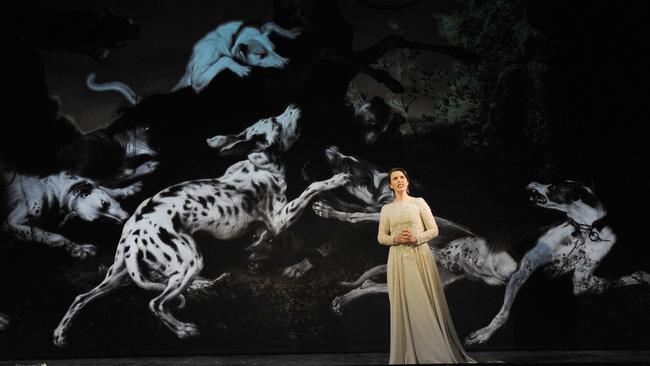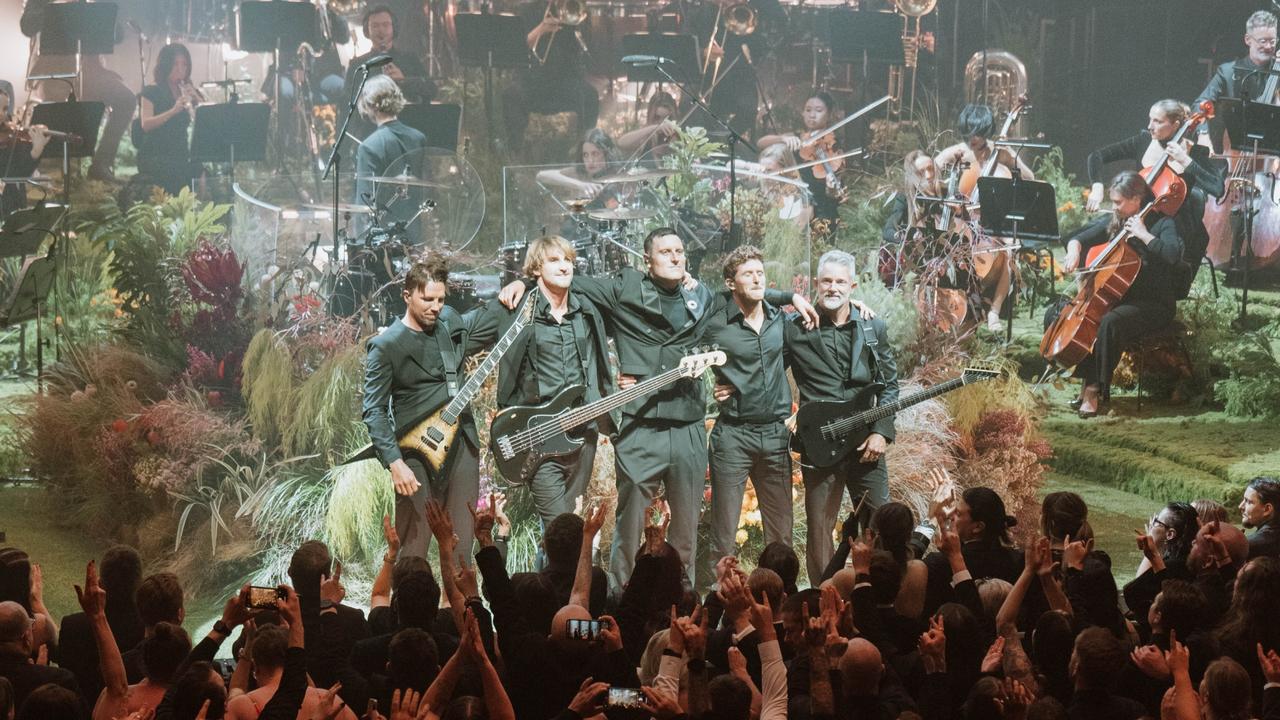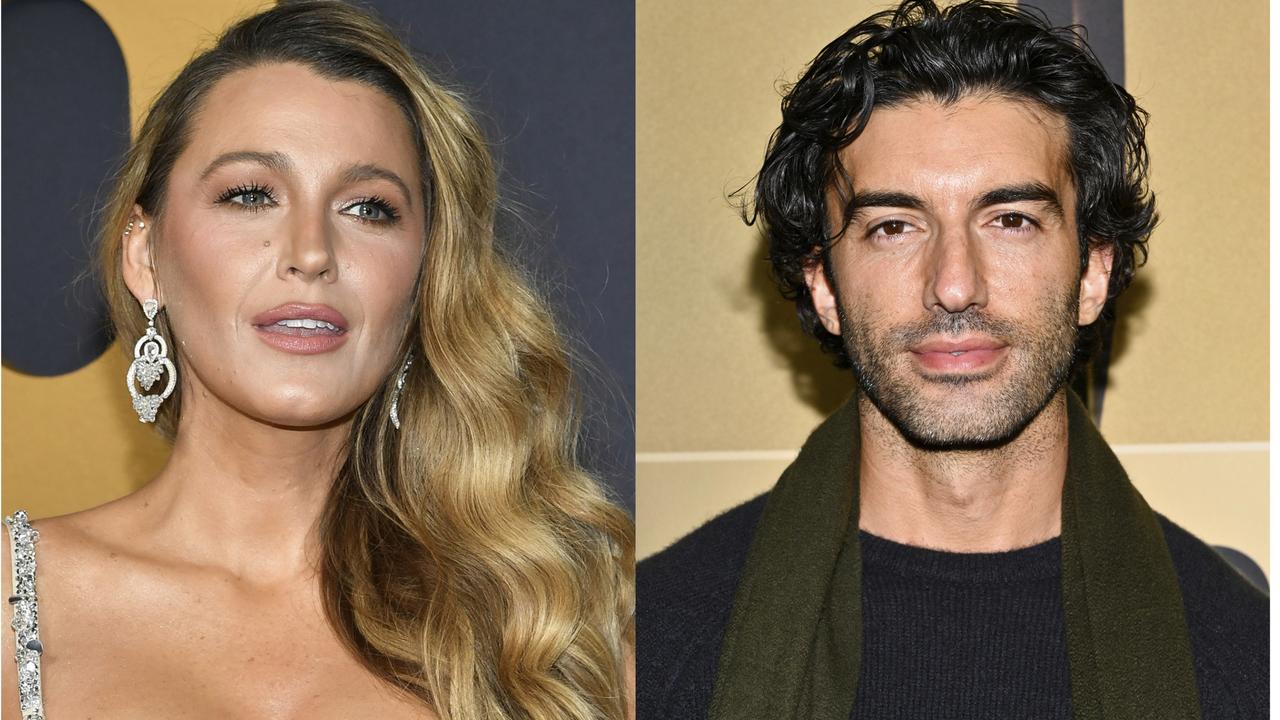How to put on an arts festival they won’t forget
Here are 10 qualities I feel are necessary for a successful festival, big or small.

The modern arts festival, usually with music at its heart, seems to have originated in the second half of the 18th century. In 1769, the town of Stratford-on-Avon in Warwickshire marked the bicentenary of Shakespeare’s birth with a festival for which Thomas Arne composed special music, and in 1784 the centenary of Handel’s birth was commemorated with a festival of his music in Westminster Abbey.
Indeed, Handel might be seen as the father of all festivals. No other composer ever stimulated so much musical homage, and the reverence and devotion accorded him, particularly in the late 18th and 19th centuries, seemed to outstrip the cult of St Cecilia. He’s still box-office gold today.
Fashions and fads have waxed and waned but festivals seem not to have lost their appeal. Having directed a dozen or so such events, I obviously have a view about them. Here are 10 qualities I feel are necessary for a successful festival and they apply equally to the grand shivoos covering all arts genres and small specialised events.
1. The product needs to be marketable. It needs to have consumer appeal. Festivals without patrons have no long-term future. With a festival, the first consideration for inclusion in a program is naturally quality, but closely followed by marketability.
2. Nomenclature is critical. I happen to think Tasmania’s biennial Ten Days on the Island is a stupid name. It sounds like a sentence — “I find the defendant guilty and sentence you to 10 days on the island.” Quirky names such as Tropfest can work, but as a general rule the happiest choice for a festival name is the simplest. The Byron Bay Blues Festival is clearly a celebration of the blues held in Byron Bay. It could never be confused for a festival of early music in Katoomba. Sydney Opera House’s Festival of Dangerous Ideas, on the other hand, delivers precisely what it promises.
3. Caution in programming a festival needs to be allied to daring. Conventional wisdom in Sydney in the 1980s and 90s was that it was impossible to sell a ticket to an orchestral concert in January. For my first festival in Sydney in 1998 I brought the Russian National Orchestra under Mikhail Pletnev. All four concerts were sold out. It was at that moment I realised that one audience excludes another, so best try to satisfy both.
4. Balance in a festival program is critical. Anthony Steel once bagged one of my programs for Melbourne as comprising the highbrow, lowbrow, middlebrow and no brow. I took this as a compliment. For the consumer there needs to be choice.
5. It would seem most festivals are remembered by a single majestic element in the program: Jim Sharman’s 1982 Adelaide festival for the debut of the Pina Bausch Dance Theatre in an old dance hall in Thebarton. Lord Harewood’s bicentennial festival, also in Adelaide, is remembered for Peter Brook’s magnificent 13-hour marathon production of the Mahabharata. So it’s not a bad idea to build a festival around a major central attraction, as Piers Lane did with this year’s 25th anniversary Australian Chamber Music Festival in Townsville where the star turn was charismatic Polish pianist Piotr Anderszewski. Audiences are flattered to be offered internationally renowned artists.
6. Audiences are also flattered by exclusivity. There is a case to be made for sharing costs. But the economic benefits of exclusivity are enormous and justify investment. If a major performer or company can be seen in only one festival in one city, then fans will travel for the experience — and stay for more than one night.
7. The primary tool for marketing any festival is its brochure. This year’s crop of company and festival brochures is particularly drab, uninviting, lacking a sense of hierarchy. Every offering is given the same weight, the same number of words. Images are dull. But an alluring brochure is only one marketing tool. We have never had such a range of communication options.
8. Every festival director needs to be adept at engaging with the corporate world. I would never have pleased Ralph Myers, former artistic director of Sydney’s Belvoir Theatre, who, in a recent speech, spoke of his embarrassment at being dressed in a pair of jeans, a torn shirt and a pair of Dunlop volleys while others “didn’t look like artists at all — pretty much everyone else was in a suit”. While I admire Ralph’s work as a designer I think he’s wide of the mark here. Some artistic directors dress soberly, especially for meetings to discuss money. A suit should not suggest a lack of artistic judgment.
Clapped-out jeans or even cap and bells do not automatically signify taste, knowledge or a creative mind. Besides, like it or not, artists must rely increasingly on interaction with the business community for a livelihood.
One of the most successful fundraisers in the arts in Australia is the development officer of the Australian Ballet. Given only 15 per cent of the Australian Ballet’s operating costs come from public funds, the rest from box office and philanthropy, it would seem dressing for success is not only respectful, it’s profitable.
9. And now to the vexed question of commissions. It seems festivals have become de facto funding sources via the commission system. I have commissioned new work, most notably a theatre piece called Cloudstreet. Unlike most commissioned work this had a life well beyond its original outing in the Sydney and Perth festivals in 1998.
It was made possible through a special festival fund initiated in the mid-1990s by the then federal arts minister, Richard Alston. One of his successors recently tried a similar initiative but was vilified for his efforts, which were shamefully misrepresented by a noisy lobby whose members felt the concept of excellence unpalatable, although in many other aspects of Australian life it’s demanded.
A designated festival fund is a fine idea and would help avoid the sudden and inexplicable withdrawal of funds from successful events with growing audiences and demonstrated growth potential to dedicate to questionable enterprises endorsed by so-called peer groups. Identifying and pleasing an audience is the key skill of artistic directors.
10. My last word is a single one: audience. It’s a word one hears infrequently as artists seek to tell their individual stories, to examine, investigate, confront, explore, dissect, ponder something on their mind. Surely such pursuits are better left to the psychiatrist’s couch. Whether a solitary pursuit such as writing or composition or a dream of performing on a big stage, creativity is to be applauded and respected. And where deemed to be promising, supported.
But instruction is not to be confused with entertainment, without an audience there can be no art. Only last month an art installation entitled Where Shall We Go Dancing tonight at the Museion Bozen-Bolzano in Italy, consisting of empty champagne bottles, cigarette ends and party-popper streamers, was tidied away by a cleaner into designated rubbish sacks for glass, plastic and paper.
Art can’t exist without an audience, and one person’s art can sometimes be another’s garbage.
Leo Schofield, who has run multiple arts festivals across Australia, is the artistic director of Brisbane Baroque. This is an edited extract from a speech to be given at the Currency House Creativity and Business Breakfast today at the Museum of Contemporary Art, Sydney.



To join the conversation, please log in. Don't have an account? Register
Join the conversation, you are commenting as Logout